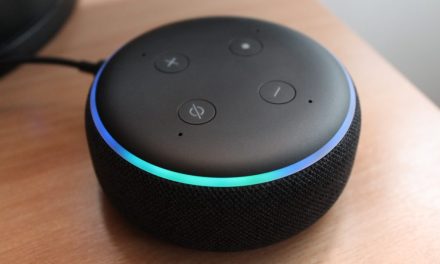Seamless Xtra’s Carolina Lubinus speaks to Arij Awais, Head of Brands & Strategy at Foodpanda, a subsidiary of Delivery Hero.
Arij is currently leading Marketing & Strategy at Delivery Hero within the APAC region. Having worked in Fortune 500 companies like Unilever, Coca Cola and Mondelez he is a leader in FMCG & Q Commerce with a proven track record of business strategy development resulting in volume and market share delivery.
Arij, what are some of the key digital marketing trends that Foodpanda has been focusing on recently to enhance its brand visibility and customer engagement?
What we have been focusing mainly on is a complete 360 degree approach, which we call in marketing the IMC approach. Whether it is on brand or on digital, you have to communicate the same message across all touch points. Whether you talk about acquisition of new customers and sustainable growth for the business it is the same message across all customer touch points. But when you talk about specifically for digital marketing, I think one thing that has stood out for us is influencer marketing. What we have done in the APAC world in Delivery Here is actually a success story.
The kind of traction we’ve gotten in terms of top of mind, whether it is preference or awareness also for some of the smaller verticals has been very successful. We are not just a food delivery business. We do other things also. We have a grocery business, we have subscription, we are a marketplace and we do C2C parcel delivery also. So not all of them get an equal share of the marketing spend. Some are higher, some are lower. But influencer marketing as a tool has really worked for us in Pakistan.
In what ways does Foodpanda adapt its digital marketing strategies to cater to different demographics and different target markets?
So what we’ve done differently is a couple of things. Almost everybody’s marketing on the YouTube and Metas of the world but actually we’ve shifted our focus towards upcoming platforms. So, for example, we’ve done campaigns on TikTok and on SnackVideo. SnackVideo and TikTok have about 40 million people in Pakistan, which is a huge chunk, and we were actually one of the first brands to do a campaign on SnackVideo. This opens up avenues for specific target markets because marketing, for me, works on two basic principles. One of them is differentiation and the other is who your core target audience is. Especially how the world is changing, you need to talk to the target audience in their own language and you have to be present wherever the target group is. If they’re on TikTok, on Snapchat, wherever they are, we need to be present there.
One of the other things to add is that we do a lot of audience targeting from the app and in targeting new customers. That also means that when you target new customers you’re acquiring some and you let go of some. Because we’re a young platform you target mostly Gen Z’s. It can also mean that we have to let go some legacy customers that came in to us during covid times as deal seekers but not adding value to the platform.. So we actually cater our strategy accordingly if we want to drive frequency or new acquisition. Then we decide internally what channel and what medium to use.
I know you mentioned your usage of social media as one of your marketing campaigns, but could you discuss any other innovative digital campaigns that you’ve recently launched or that you’re planning to launch?
One of the other things that has helped us is affiliate marketing. We do a lot of partnerships with global FMCGs, especially for specific occasions like the cricket world cup or a cricket tournament because cricket is huge in Pakistan. We do these deep linkings on rich media banner ads on these publisher platforms.
For example, cricinfo is a website where you can go and track scores. It has time based banners which are rich media banners. So let’s say if the game is between 4pm and 7 pm, there will be a deal or offer that you can only avail of during that time. So you deep link it to the app. That is how you open the environment and spread your net wider to get more audience.
Time based is another thing as I mentioned. It is also important to measure the customer life cycle value of each customer. How long will they be with you? Is it just once or will they be with you on a frequency basis? Whether it is twice a month, twice a week, whatever that frequency is you have to look at it from that perspective also.
Arij, that perfectly falls into my next question, which is how does Foodpanda utilise data analytics and customer insights to personalise their marketing campaigns?
I think for every user, the unit economics matters a lot. How much value they’re adding to the platform. We’re a big country, about 240 million people with multiple cities so it doesn’t have to be one strategy fits all. In one city X, the buying and consumption pattern will be very different to the city Y. So my targeting, my messaging, my promotions, my deals have to be different to them and I will study their buying patterns. What time are they ordering? What cuisine are they ordering? Which area are they ordering from? Maybe some area has pizza as the most popular cuisine and others have burgers. Similarly for groceries, maybe beverages and snacks have been ordered in one area and the other is ordering fruit, for example.
You make the CRM flows predictive in a manner depending on what your audience is doing. So we study the data and then we divide the strategy accordingly on what I would tell them, whether it is through CRM flows in app marketing, a push notification, an email or a newsletter, or what I’m communicating above the line on TV. We do this day in and day out on the zone, city, cuisine, grocery and more, anywhere that will play a part.
See Arij on Day 3 of Seamless Middle East 2024 | Marketing 2.0 | Stage 8
Panel: Inspire me to develop authentic branding: The art of telling your story
……….










